Best Paint Color for a Sunny Room
What is the Best Paint Color for Dark Rooms?
Sarah Robinson

It seems like there's a space like this in just about every home—a dark little corner that lacks that precious natural light we love so much. While it might seem like a good idea to take a dark room and go for the brightest white you can find, it's actually not your best move.
Bright white is so bright because it reflects natural light. So when there's not enough natural light, white doesn't help to open up the space in the way you think it will. Instead, your space can end up seeming flat and often even darker. When considering white, a good rule of thumb is if you need to turn the light on during the day, there's just not enough light to make it work.
Our Favorite Colors of Paint for Low-Light Areas
If white is off the table for your dark room, what should you be looking for instead? The answer is often warm-toned neutrals. These colors are your best bet for making a dark space seem brighter. Medium tones are ideal, because if you go too dark, the room will seem smaller.
Darker rooms also need colors that are more saturated, since there's less light to be reflected off the color. That means you should look for colors with less black in the base. Also keep in mind that you don't have to use light colors in a room without much light—you should really be looking at brighter colors to bring in some light.
The kind of space you're looking at can make a difference too. For example, you would treat a dark bedroom differently than a hallway. For powder rooms without windows, you can go for much bolder looks since people don't spend as much time in these spaces. (Think dark colors and funky accents.) On the other hand, in a dark hallway, a light to medium neutral is a better choice, since bright colors can make them seem more narrow.
Here are a few of our favorite colors for dark rooms. Keep in mind that the size, shape, and function of the room will dictate which colors work best.
1. Lavender
Lavender has warmer tones, which makes it great for adding some brightness to a dark room. The best part about working with lavender is that it has a wide range of shades to suit everyone, from soft dusky tones to purple-based taupes. It doesn't have to be overly feminine, so it works well in almost any space. You can pair it with pastels for a more playful look, or match it with simple neutrals like gray and white for a more sophisticated look.
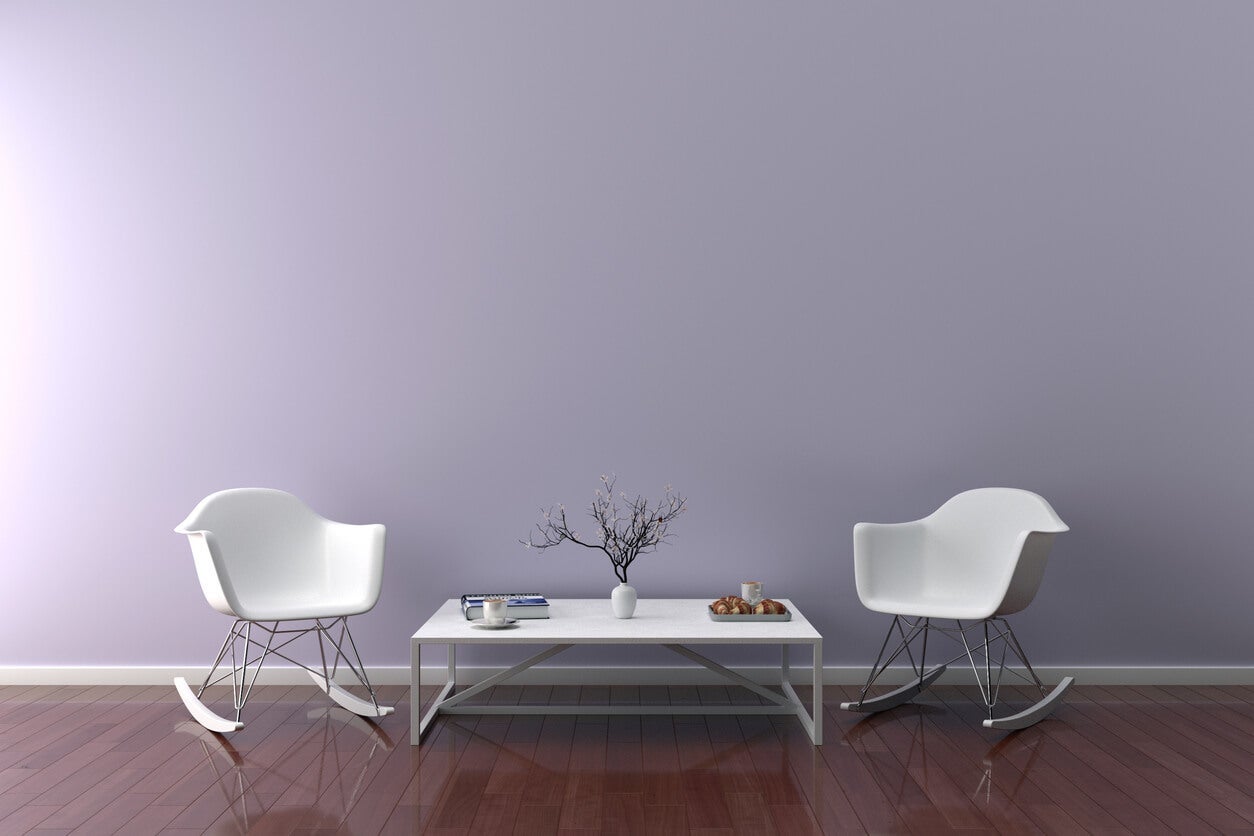
2. Sunny Yellow
When you don't have much natural light, yellow is a great way to recreate that feeling with artificial light. It's great for bedrooms or bathrooms with tiny windows. Just make sure you have enough artificial light in the room so it doesn't fall flat. Yellow pairs well with white accents and light wood details to add more warmth to a cold space.
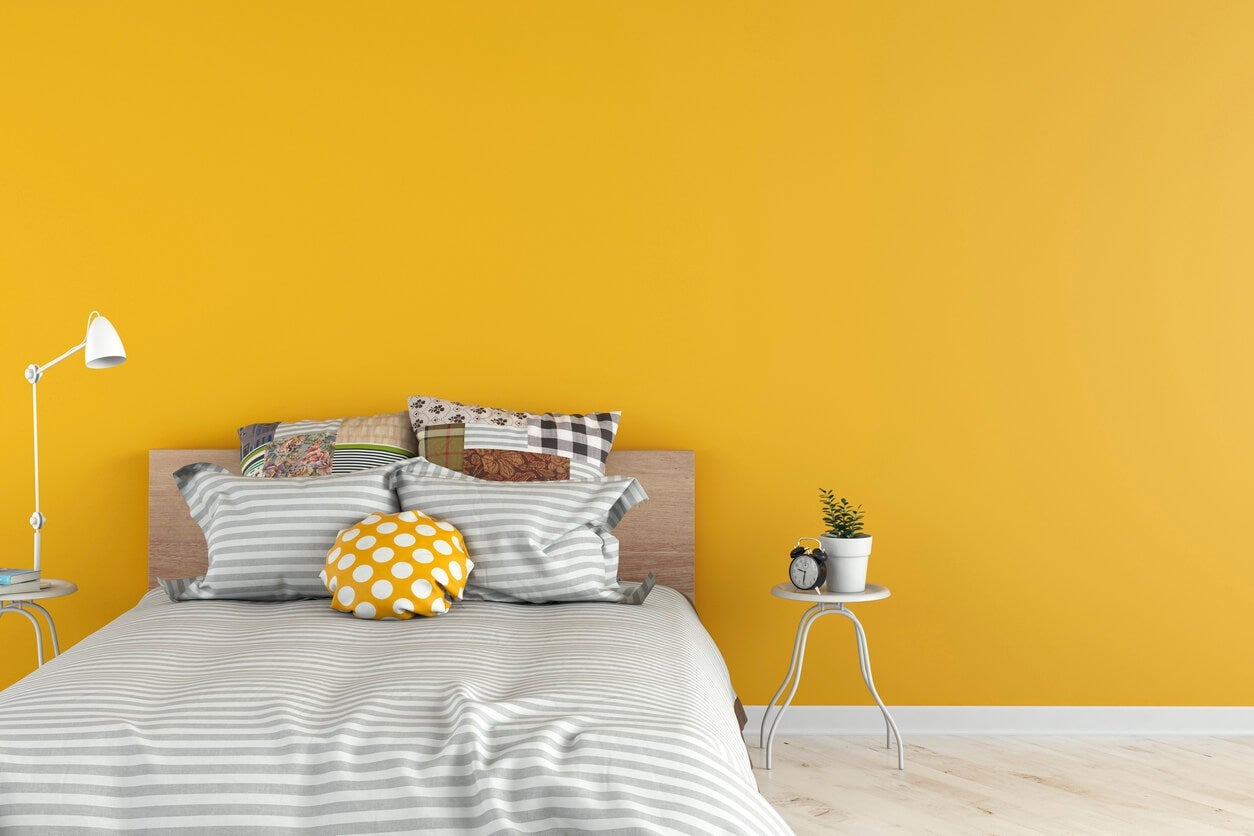
3. Powder Blue
This dreamy color makes us feel like we're floating on a cloud in the sunny sky. Light blue helps to bring some brightness to a space, especially when paired with simple white accents. It's ideal for a bathroom or any extra dark corner of your home.
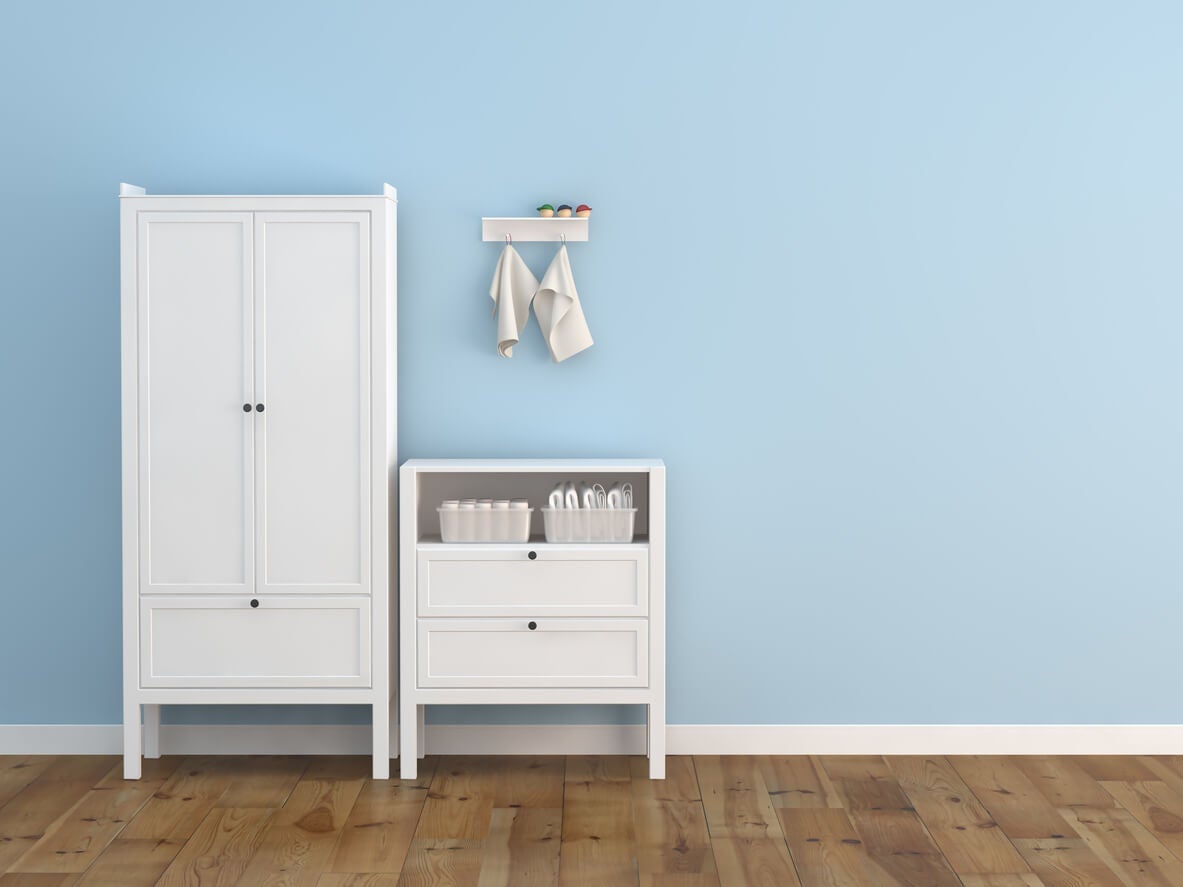
4. Bright Orange
This color might seem a bit wild, but we're not talking about safety orange here. When using orange in a dark space, think more pumpkin, tangerine, or apricot. These very warm shades work best in a dark kitchen or dining room—any space where people gather. Try pairing it with darker wood details with brown and white accents for a sleek look.
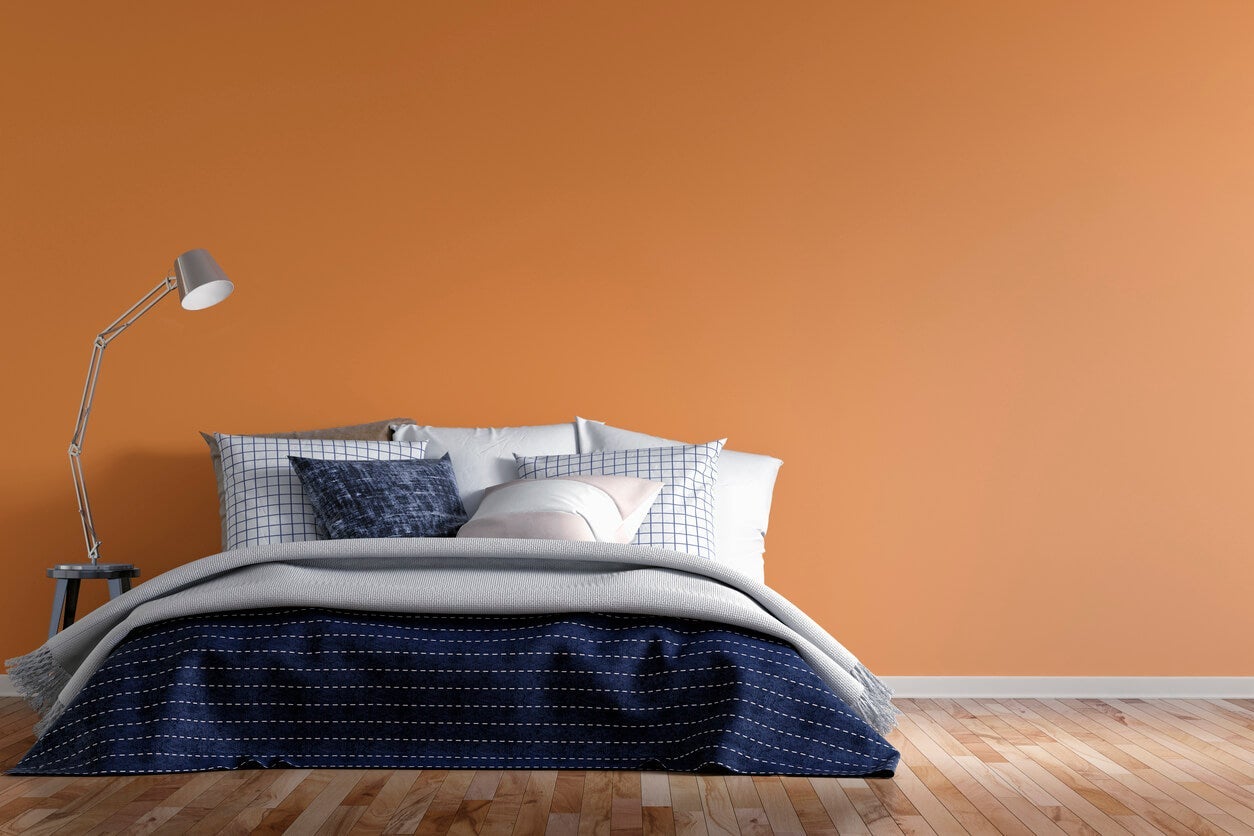
5. Soft Gray
For dark and drab spaces, it might seem a bit crazy to add even more gray to the mix, but it can work! It all depends on the shade you choose— if you stick with light to medium shades, you'll be surprised at how it can actually brighten up a space. Think very soft tones like dove gray, or greige (a mix of gray and beige) to keep things warm. Grays with a hint of color in the base are good options too, especially with a tinge of lavender or pink for added warmth.
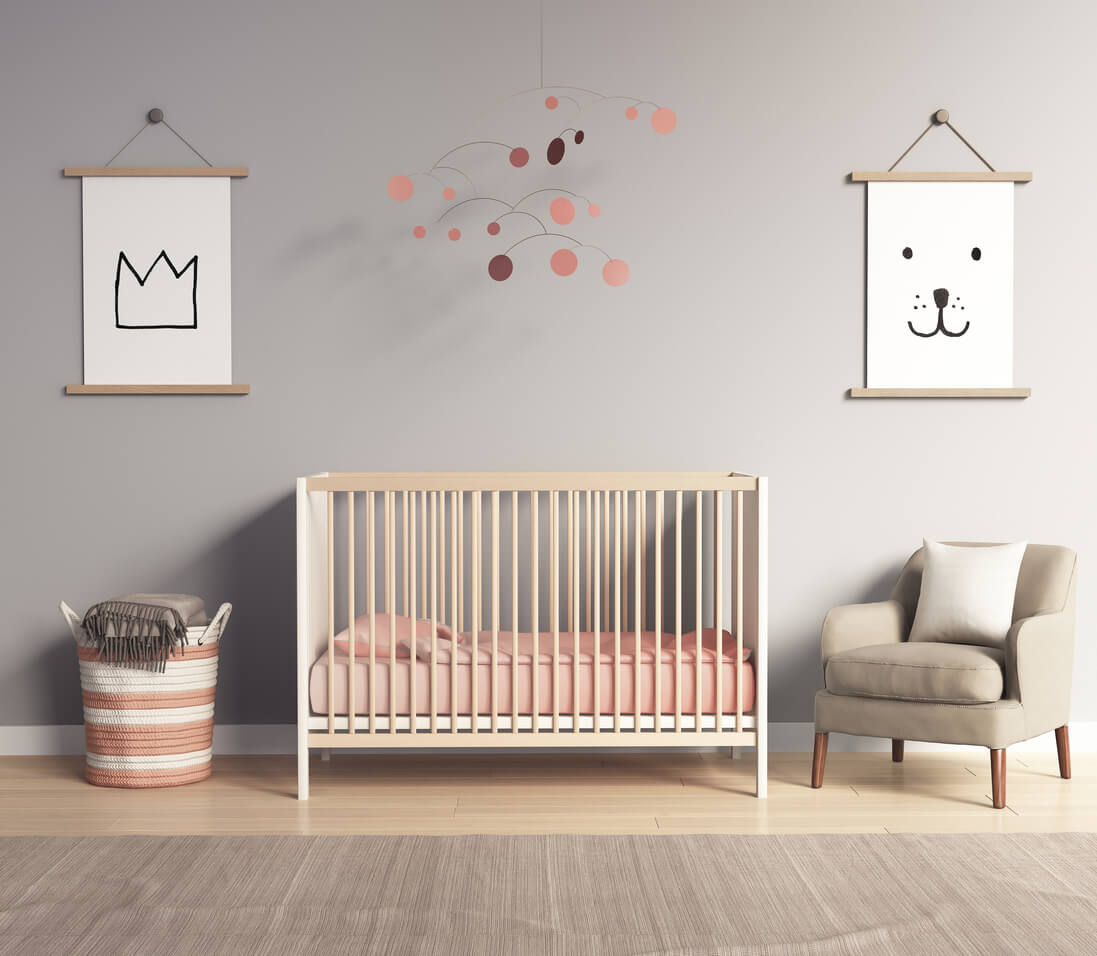
6. Pink
Pink instantly brightens up any space and adds a whole lot of personality. We like softer pastel and rose tones are for adding just a hint of color without being overwhelming. However, if you want something bolder like fuchsia, stick to using it on an accent wall, since ultra-bright shades can make a room feel smaller when they're on all four walls.
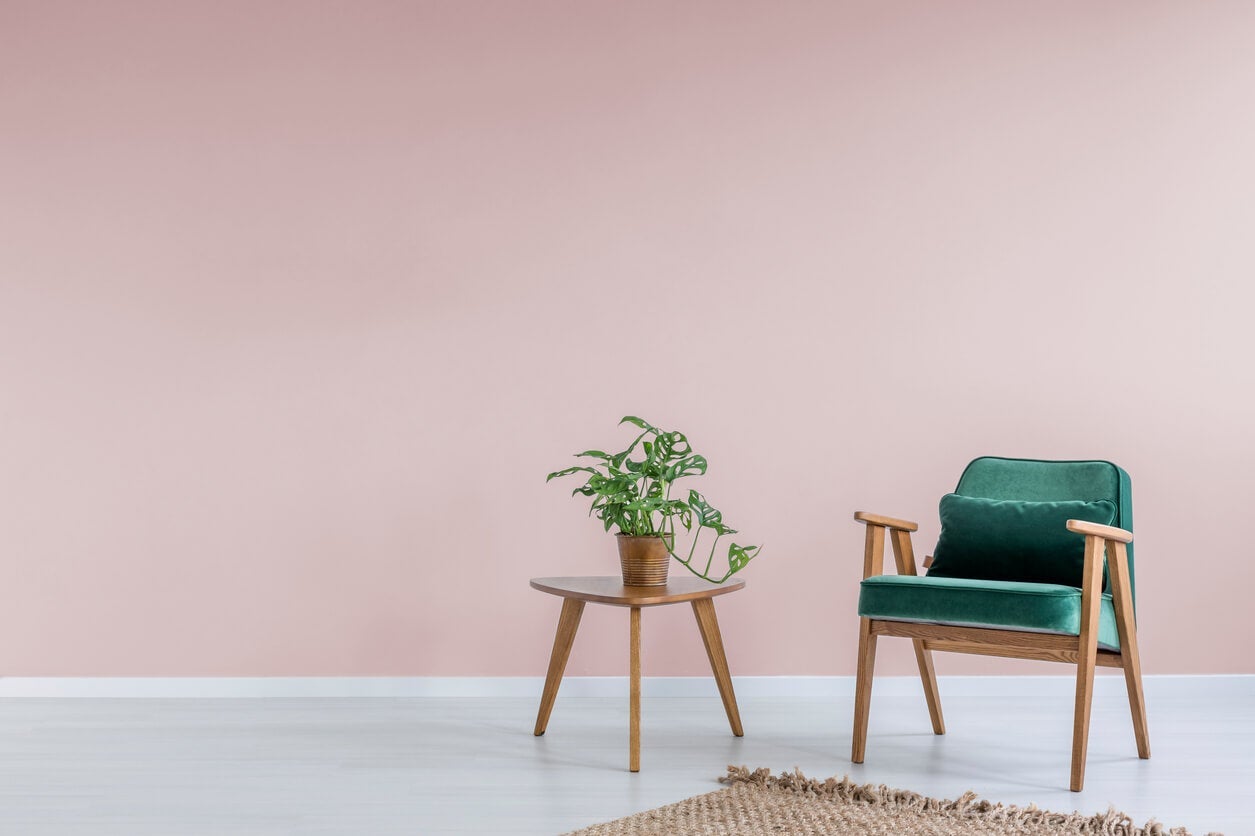
With these tips, you'll be able to infuse your whole home with light, even in those spaces that seem extra cold and dark. When you're ready to brighten up your home, book a free interior painting estimate with us!
Want more inspiration? Read our other blog posts:
Easy Home Improvement Ideas to Increase Home Value | 9 Peaceful Paint Colors to Help You Relax | The Best Paint Colors For Selling A House | How To Use A Paint Color Wheel | 10 Beautiful Bathroom Paint Colors For Your Next Renovation
Ready to paint and brighten up your dark room? Click here to schedule your free estimate:
![]()
- Interior Painting
Best Paint Color for a Sunny Room
Source: https://www.wow1day.com/blog/interior-painting/what-best-paint-color-dark-rooms/